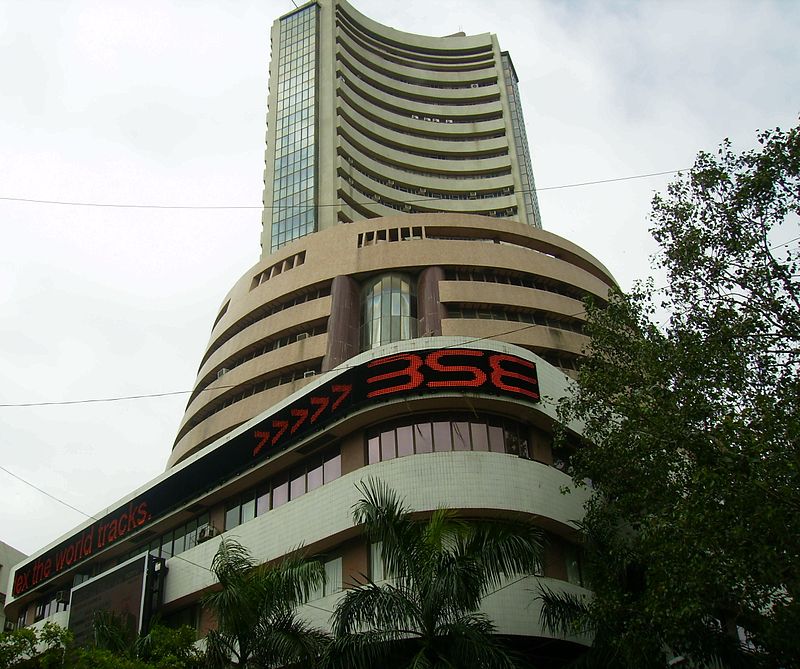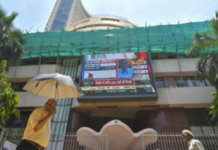New Delhi— India is better positioned than many other countries to weather global trade disruptions, particularly in light of rising U.S. tariffs, thanks to its large domestic market and relatively low dependence on goods exports, according to a Moody’s report released on Wednesday.
The report highlights that government initiatives—such as increased infrastructure investment and efforts to boost private consumption—will help insulate the Indian economy from the effects of weakening global demand.
“India’s large domestic economy and limited exposure to global goods trade put it in a stronger position to absorb external shocks,” the report noted.
While some export-oriented sectors—such as the automobile industry, which ships products to the U.S.—may face headwinds, India’s resilient services sector and substantial internal market offer significant buffers, Moody’s said.
The report also points to declining inflation as a factor that may pave the way for a more accommodative monetary policy, including potential interest rate cuts to support economic growth. In addition, India’s banking sector remains well-capitalized and liquid, positioning it to support continued credit expansion.
Addressing geopolitical concerns, the report noted that ongoing tensions between India and Pakistan are likely to have a greater economic impact on Pakistan. India’s key economic hubs are located far from conflict zones, and economic ties between the two nations are minimal. However, it cautioned that a prolonged escalation could increase defense spending and potentially hinder efforts toward fiscal consolidation.
Earlier this month, Moody’s Ratings projected India’s GDP growth at 6.3 percent for 2025, with momentum expected to rise further to 6.5 percent in 2026.
This outlook aligns with the International Monetary Fund (IMF), which also forecasts India as the only major global economy expected to achieve growth above 6 percent in 2025. (Source: IANS)







